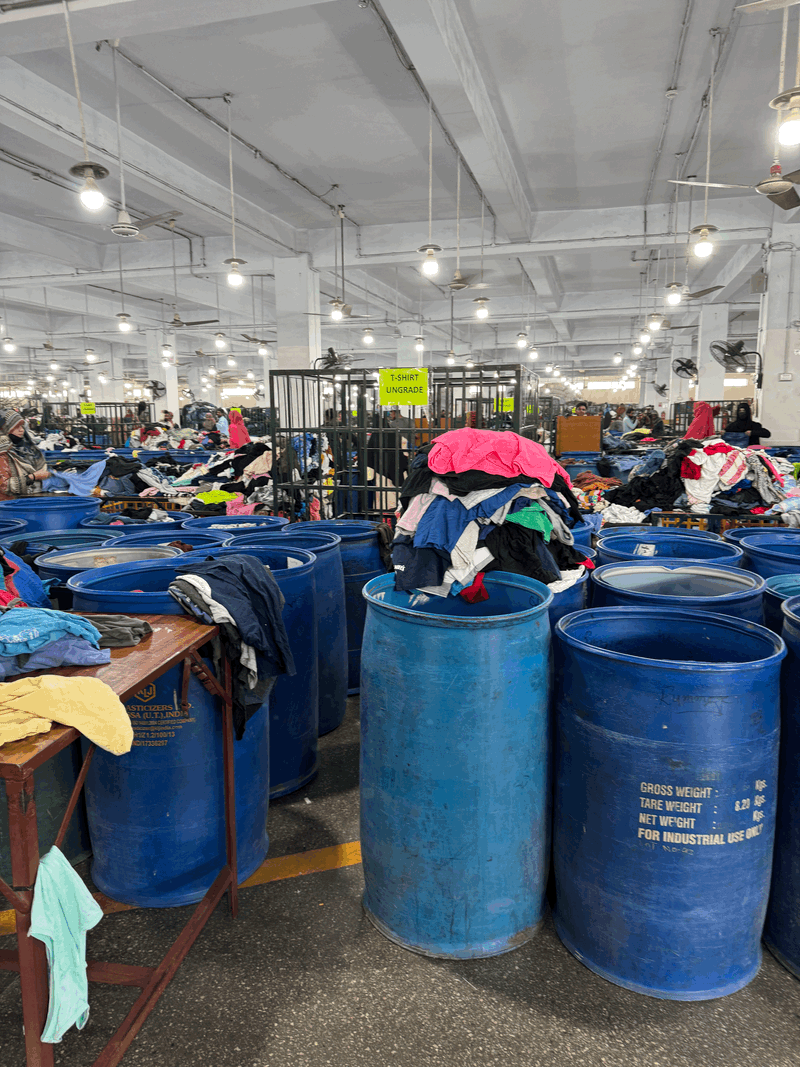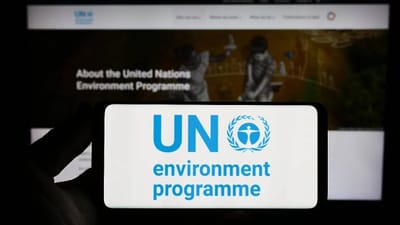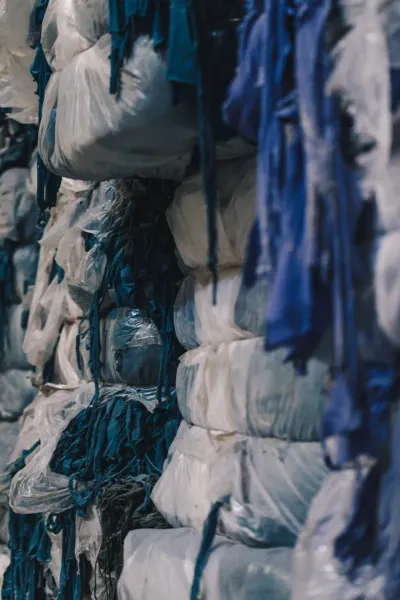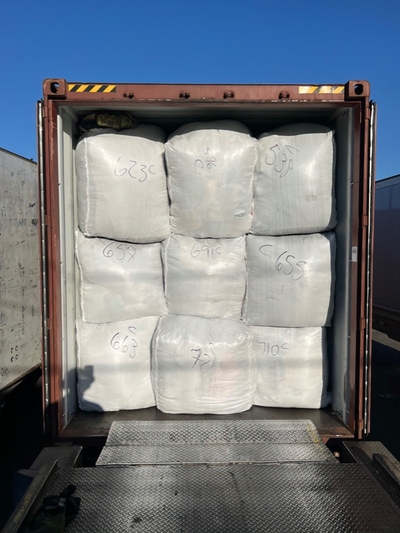Non-profit Accelerating Circularity has unveiled its most comprehensive research to date with Rags to Revenue: Unlocking Post-Consumer Textile Recycling in the U.S., a white paper that examines one of fashion’s most urgent — and often overlooked — challenges: scaling textile-to-textile recycling.
“The U.S. is sitting on a vast resource of potential recycling feedstocks,” said founder Karla Magruder. “But right now, it costs more to collect, sort, and prepare these textiles than it’s worth on the market. We need to shift the economics fast.”
The report identifies three major barriers to progress: fragmented collection systems that lose valuable feedstock, high operational costs driven by manual sorting and underused technologies, and weak demand for recycled fibres due to cost and quality concerns. It calls for a three-pronged strategy to expand and modernise infrastructure, automate processes, and drive market demand through policy and brand engagement.
Speaking to Circulaire Journal, Eileen Mockus, Chief Operating Officer at Accelerating Circularity, emphasised that these barriers are interconnected. “The barriers are closely tied — solving one doesn’t negate the need to solve all,” she said. “That said, demand for finished products using recycled materials makes the rest of the system worth building, and it will come together.”

“Demand for finished products using recycled materials makes the rest of the system worth building — and it will come together.”
- Eileen Mockus, Chief Operating Officer at Accelerating Circularity
When asked why the U.S. lags behind Europe and Asia in textile-to-textile recycling, Mockus pointed to structural factors. “The U.S. has minimal textile and apparel production, so it’s not surprising there is more activity in Europe and especially Asia,” she noted. “In Europe, EPR regulations are meant to spur more activity within the region.”
The report underscores that automation is key to overcoming the high costs of manual sorting. “The automation of sorting is possible now,” said Mockus. “However, it requires investment and demand for recycled materials. Sorting for recycling needs accuracy, consistency, and efficiency — automation will be essential.”
Investment, she added, must happen “across the system and cannot be done one step at a time.” Regional recycling hubs could offer a scalable model by reducing logistics costs and speeding up time to market.
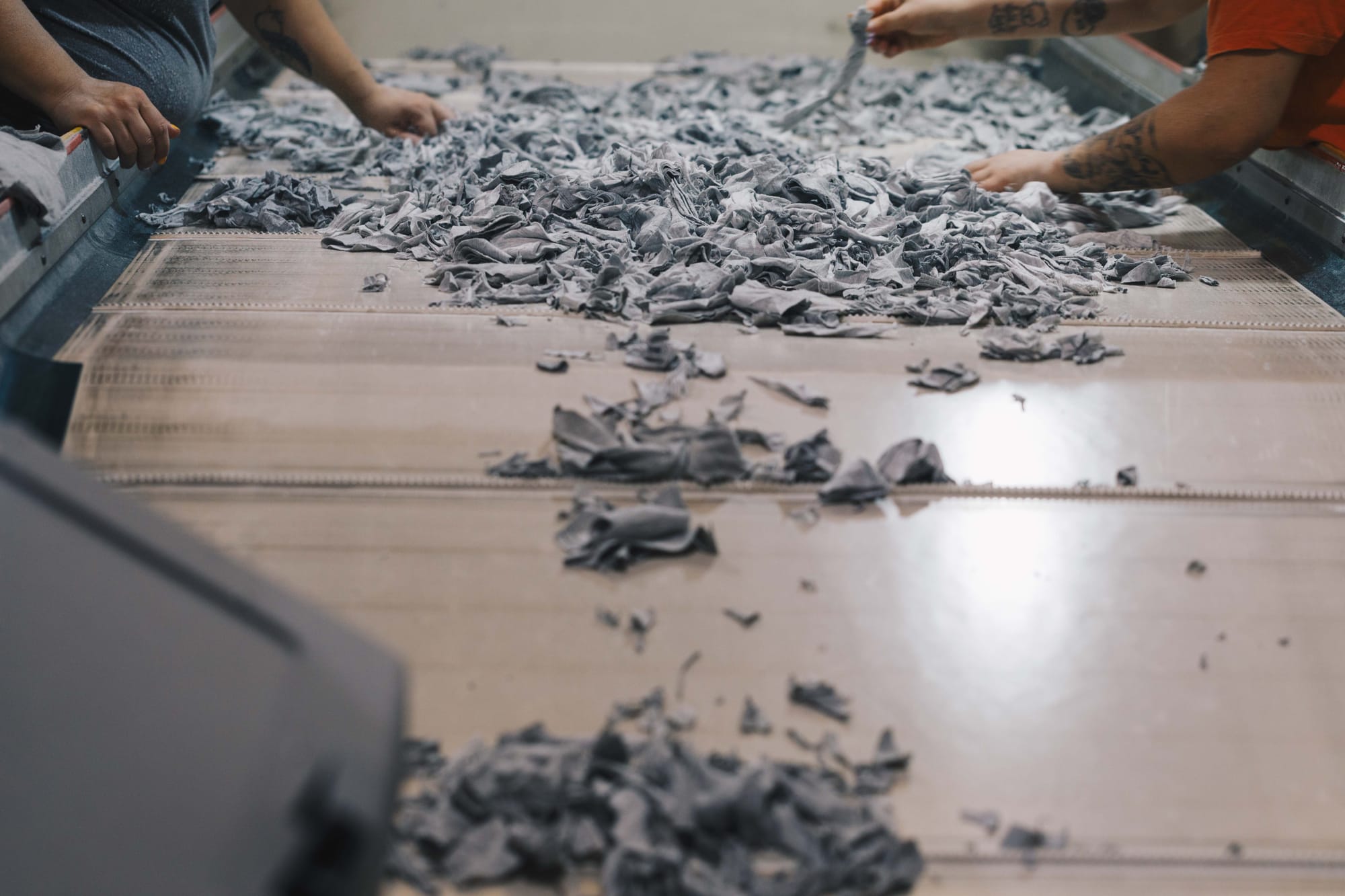
Policy will also play a defining role in driving demand. “To drive demand, the most effective policy lever would be a required minimum recycled fibre content,” said Mockus. “This would immediately incentivise garment producers and fabric mills to demand more recycled content from their suppliers.”
A federal approach, rather than state-by-state efforts, would streamline implementation and reduce costs. “A federal approach to EPR regulations and reporting would streamline implementation expenses for everyone involved,” she added.
According to Mockus, the current U.S. policy focus on domestic manufacturing and supply chain resilience could be harnessed to support circular textiles. “Textile-to-textile recycling is an opportunity to bring advanced textile technologies using AI and automation to the U.S.,” she said. “It aligns with the administration’s desire to create jobs that incorporate technology and advanced manufacturing.”
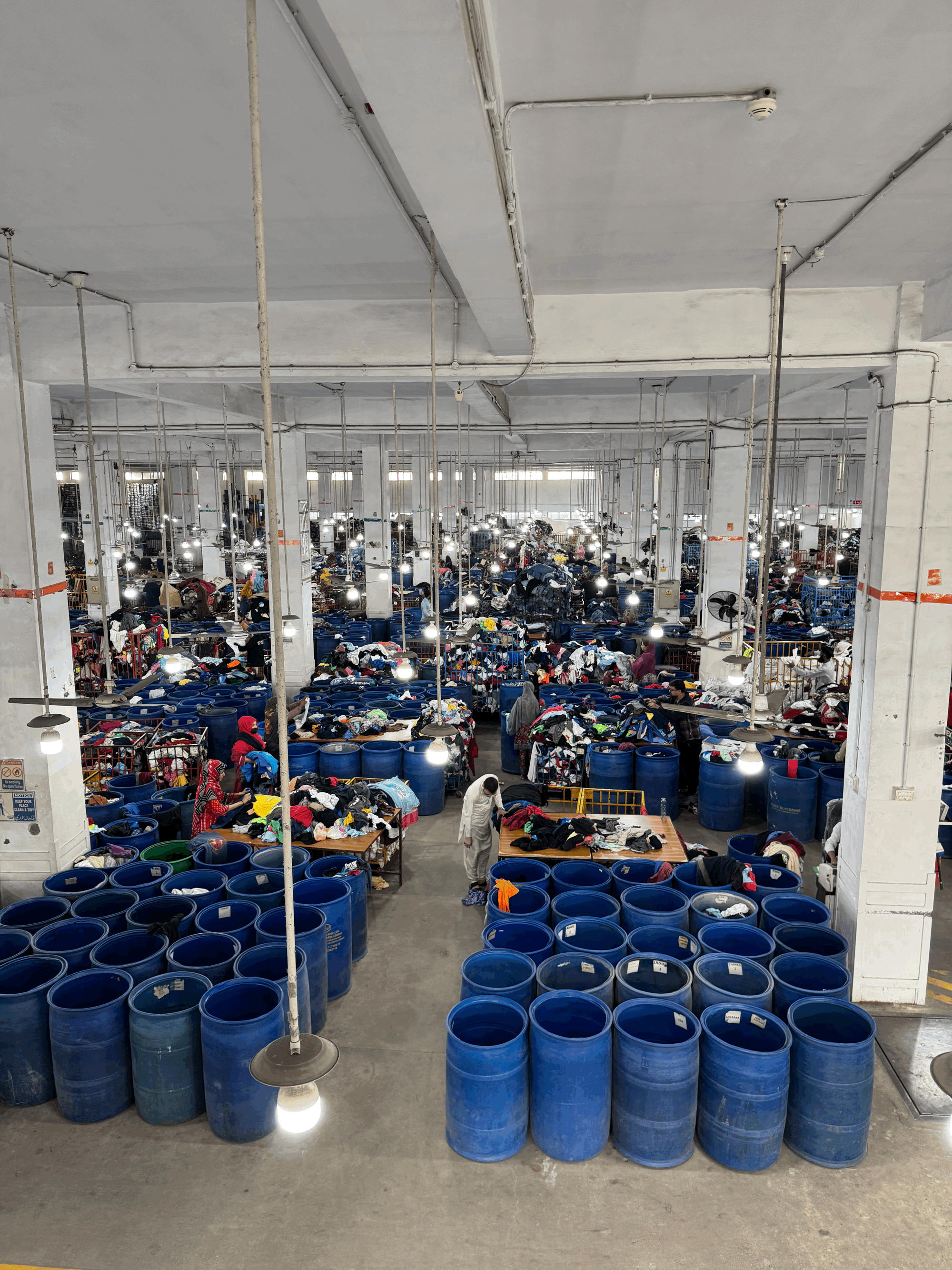
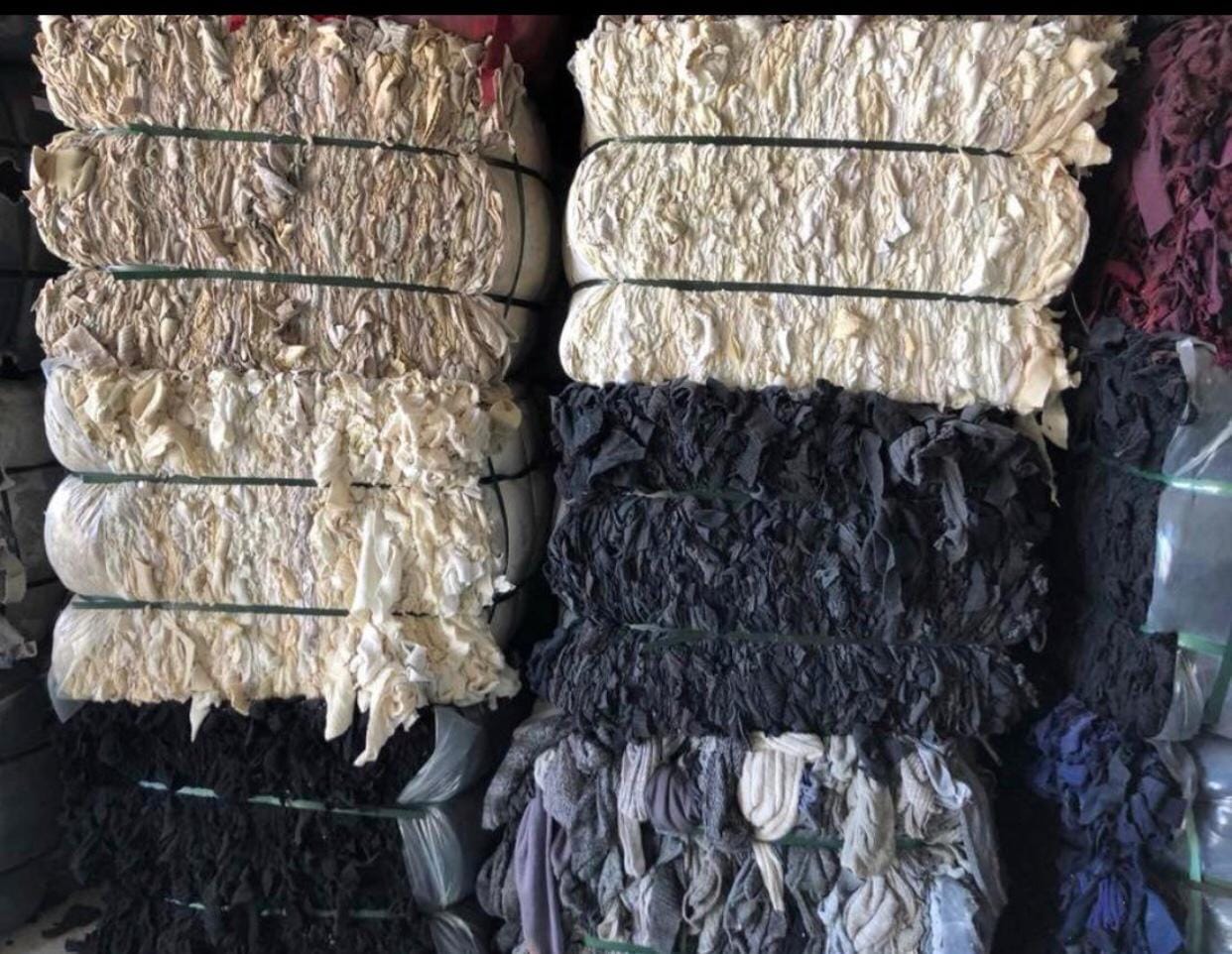
Ultimately, collaboration between brands, recyclers, and policymakers will determine whether the system can scale. “If brands can generate demand, recyclers can scale, which will improve the economics,” said Mockus.
Consumers also have a role to play, though Mockus remains pragmatic: “Consumers want great products first and foremost. Brands have an opportunity to innovate with recycled materials to generate that demand. Some policy, such as minimum recycled content requirements, would speed up adoption.”
Looking ahead, Mockus defined success as a measurable shift toward true circularity. “Success is a system designed for circularity,” she said. “Key metrics along the way will be the volume of recycled materials in use increasing, and the volume of textiles in landfills decreasing.”
With 74 stakeholders across 21 countries, Accelerating Circularity’s work demonstrates that collaboration can move the needle — but systemic change requires sustained investment and coordinated action. As Rags to Revenue makes clear, circularity in textiles is no longer a distant vision. It is an achievable, economically viable opportunity waiting to be unlocked.

